
Jonathan Parker
University of Texas at Austin
Cross-posted from Not Even Past
This excellent work by historian Pieter Judson shows how the Hapsburg empire was a modernizing force that sustained a complex but often mutually beneficial relationship with the various nationalist movements within its borders. To support this argument, Judson synthesizes an impressive number of existing works on narrower topics into a cohesive narrative history of the empire from the late eighteenth century until its demise at the end of World War I. Judson claims that the empire was hardly doomed prior to 1914, arguing against long-standing nationalist histories of the empire’s inevitable collapse. While The Habsburg Empire is not without its flaws, it will surely remain required reading for anyone interested not only in the empire itself, but more broadly in the history of state-building, modernization, and nationalism in the nineteenth century. Continue reading “The Habsburg Empire: A New History by Pieter Judson (2016)”

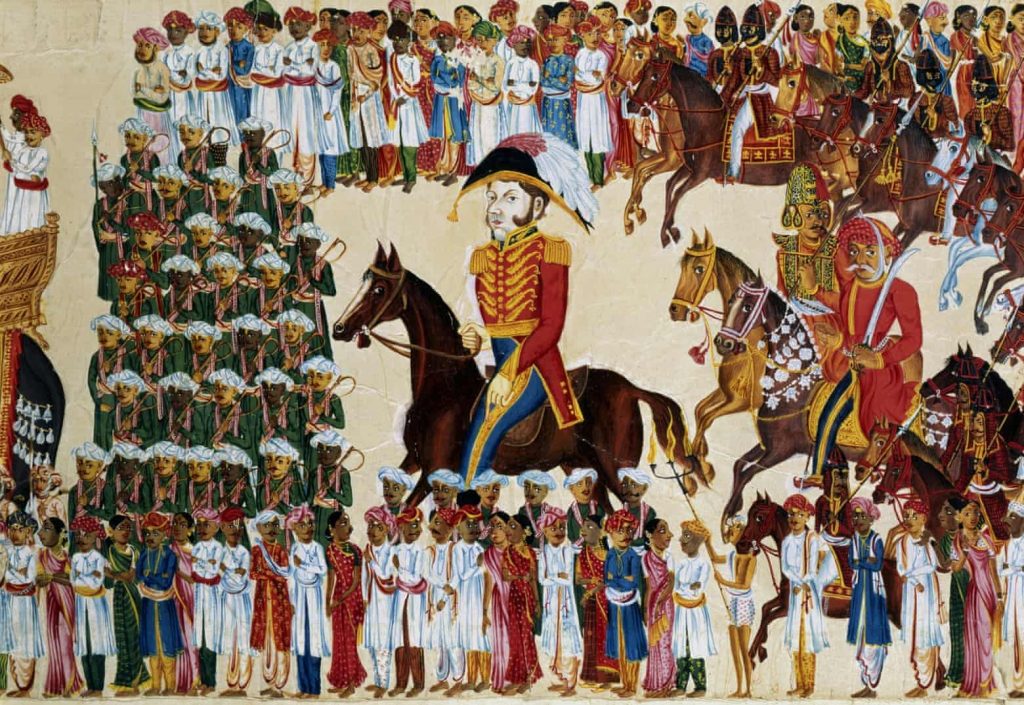

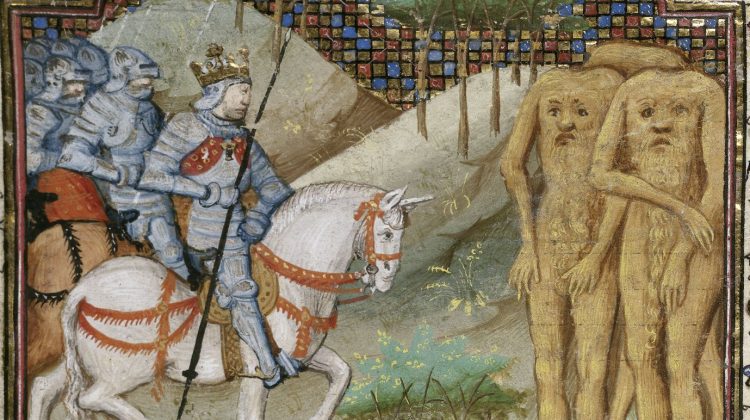
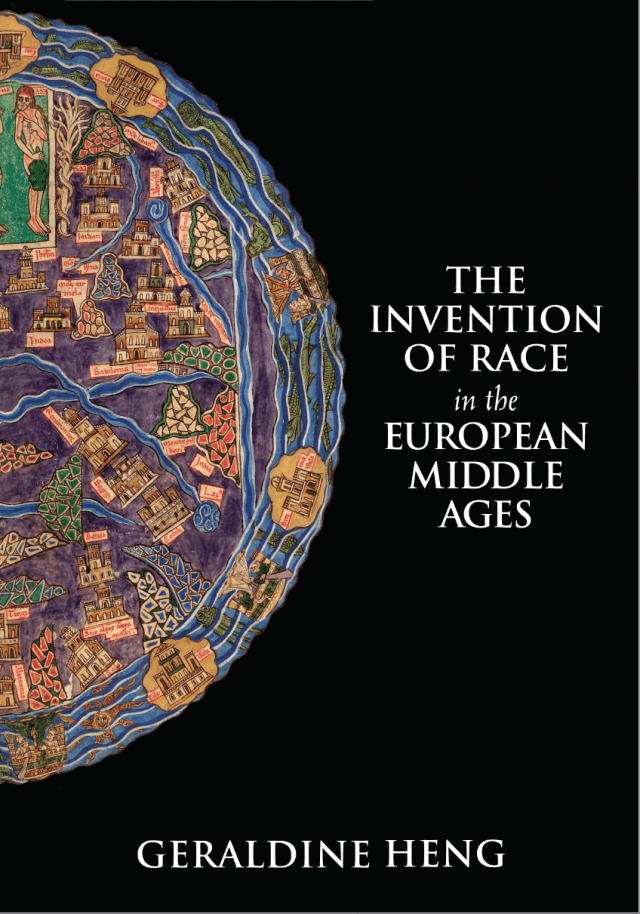
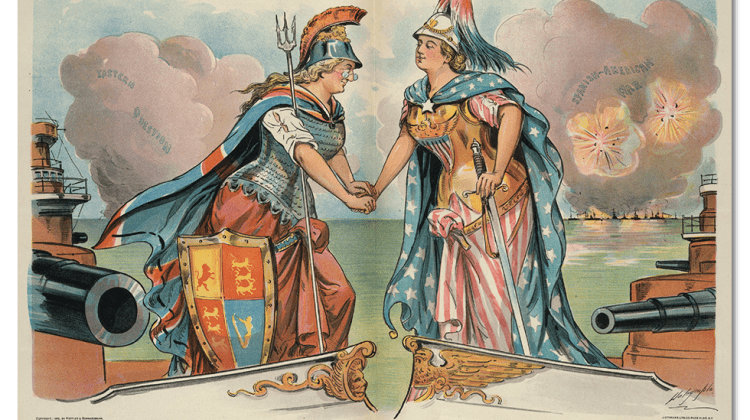
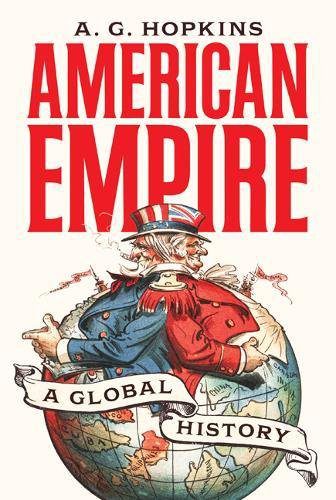










You must be logged in to post a comment.